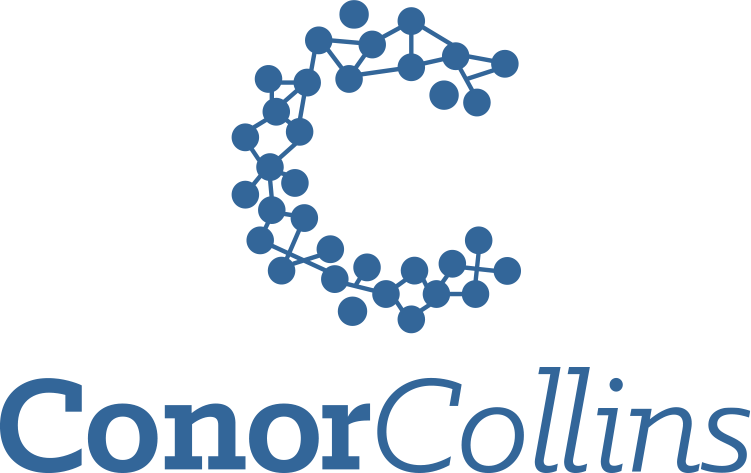Many manual therapists can relate to the tipping of the scales; moments when work-life balance favours career accomplishments, and personal well-being takes a back seat. Scheduling can be busier at certain times of the year and manual therapists can feel pressure to overbook to meet demand, however; maintaining consistency week to week can be a foundational piece to avoiding or mitigating the effects of therapist burnout. In addition, reflecting on certain components of your practice (both inside and outside the physical space of the clinic) can help manage the negative effects of burnout. Keep in mind that these recommendations are only starting considerations, and may not apply to every individual therapist’s situation.
It may also be advantageous to understand certain factors that can perpetuate therapist burnout. According to Cameron Aubrey (2022), the following factors can lead to the increased likelihood of therapist burnout. These can include:
- A busy schedule
- Lack of resources needed to do your work efficiently
- Unclear job expectations
- Unhealthy workplace dynamics
- Monotonous activity
- Lack of social support
- Lack of work-life balance
This list can serve as a great resource to self-reflect as a practitioner. Recognizing contributing factors can be an important first step to eventually minimizing the negative effects of therapist burnout. In addition to Aubrey’s self-reflection resource, initial considerations for implementing changes to practice and personal life are offered here, and are based on my own self-reflections and experience as a manual therapist:
- Maintain an appropriate amount of time between treatments
This can be an overlooked component of minimizing therapist burnout. Ensuring that the therapist has a scheduled amount of time between each treatment can help minimize the effects of overwhelm throughout the working day. Aubrey (2022) also suggests potentially shortening treatment offerings to maintain an appropriate amount of time between clients. This can allow a therapist to “recoup” numerous times throughout the day.
- Determine the “sweet spot” of treatments per week
Finding that “sweet spot” means establishing a tolerable balance between time in the clinic and time spent outside of work. This is determined on an individual basis (ex: 25 hours of hands-on time per week). This consideration can help avoid physical depletion as well as mental burnout. Most massage therapists are aware of this “sweet spot” per week; however it can be very challenging to maintain this average over a prolonged period of time, due to the variation of busy peak periods, in contrast to slower times throughout the year. Implementing these strategies can be therefore highly beneficial during peak busy times of the year. Recognizing these times and planning certain strategies (such as vacation time) can balance the effects of high volume weeks.
- Block off several visits per week for emergency treatments
Having several spots reserved per week available for “emergency” treatments is usually appreciated by clients. Blocking these slots off in advance, and included within the maximum allowable treatment hours per week is a good strategy for helping prevent burnout. For example: blocking off 2-3 hours for “emergency” treatments out of the 25 hours of hands-on time per week.
- Determine vacation time, and book it in advance
This is not necessarily the easiest thing to do, especially if one does not receive paid time off for vacation. Taking vacation time is absolutely necessary to help manage therapist burnout. Budgeting time off from clinic can be difficult last-minute, so planning a vacation well in advance helps in preserving that much-needed time off, as is recommended in Episode 6 of “The Concast” podcast (Collins, 2020). As already mentioned, this can be an effective way to balance the negative effects during high volume times. For example, if certain weeks throughout the year have proved to show an increase in treatment volume, planning a vacation after that period can allow for physical and mental rest.
- Finding a hobby or personal interest that helps counteract the demands of work.
Personal interests can help counteract the monotonous effects of day-to-day life. The important part is finding something that provides benefits (either mentally and/or physically). For some individuals art-related activities (i.e., music, theater, painting, creative writing) can be their outlet. For others, this list may look like mediation, yoga, running, or outdoor activities. In contrast some individuals may find social environments beneficial as compared to doing activities/hobbies on their own. This is a strategy that can require deliberate and attentive planning at times, because it can be very easy to sacrifice personal interests in place of maintaining a functioning practice. Understanding social balance and needs can be an important component to managing burnout.
Self-awareness and reflection are important in recognizing whether a manual therapist needs to do more for their self-care. Finding an appropriate balance can be challenging and difficult to prioritize at times, but mitigating the effects of burnout is necessary in achieving longevity as a manual therapist. Again, Cameron Aubrey’s list of factors perpetuating burnout can be a great tool in times needed to initiate change.
References
Aubrey, Cameron. “How Do Massage Therapists Prevent Burnout – Discover Massage Australia.” Discover Massage Australia, 27 Jan. 2022, www.discovermassage.com.au/blog/how-do-massage-therapists-prevent-burnout.
Collins, Conor. Spotify, 7 Feb. 2020, https://open.spotify.com/episode/7MAJIQ80GeP6STEirqB1GW?si=a6f99ded4b734e33. Accessed 17 Oct. 2023.
About the Author
Chris is a Massage Therapist and acupuncture practitioner from Ingersoll, Ontario with a special interest in managing concussion and sports injuries. While not in clinical practice Chris has served as an Instructor in Massage Therapy at the Canadian College of Massage and Hydrotherapy.
With prior education and experience as a Kinesiologist, Chris has a passion for movement and how it translates to improved patient outcomes. Whether it’s managing your symptoms virtually, or assisting students in preparing for an exam, Chris is excited to help you on your journey.



Recent Comments